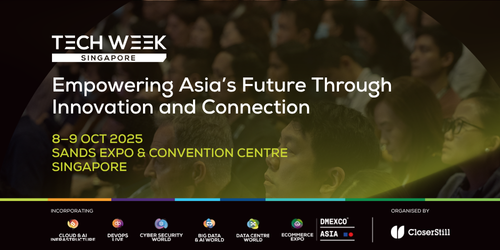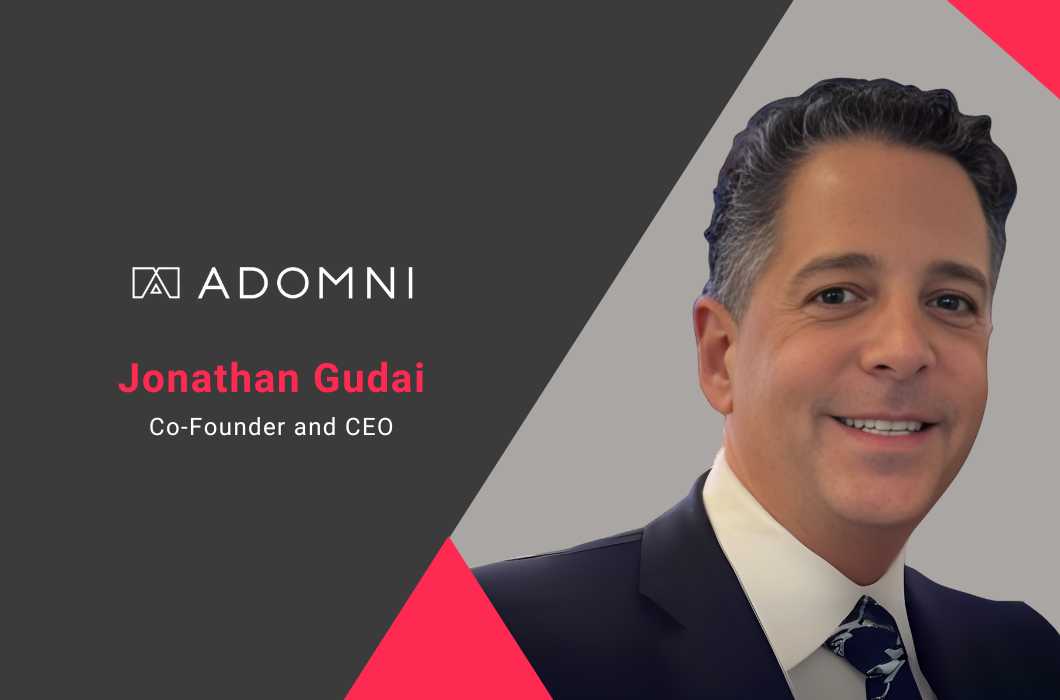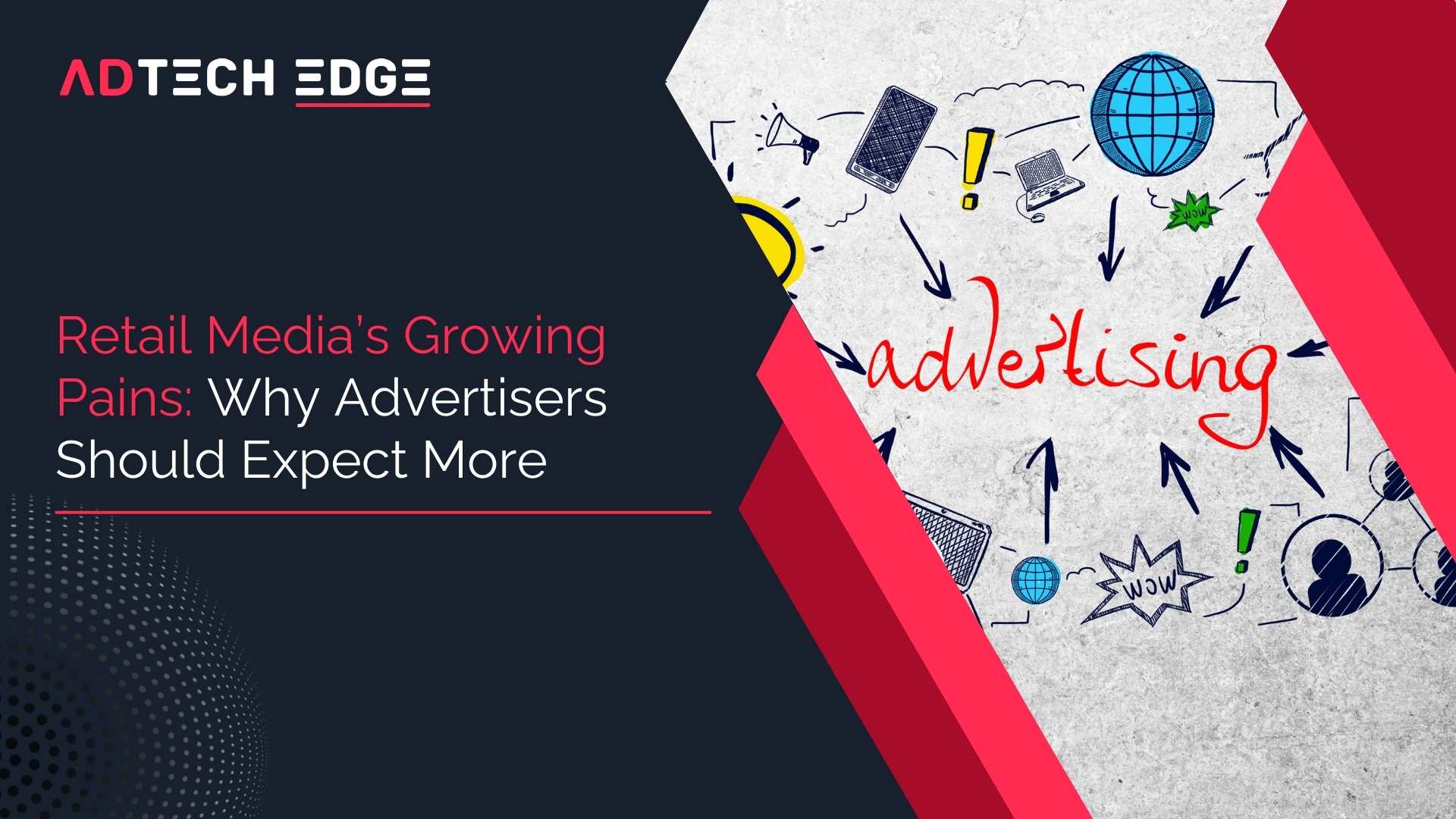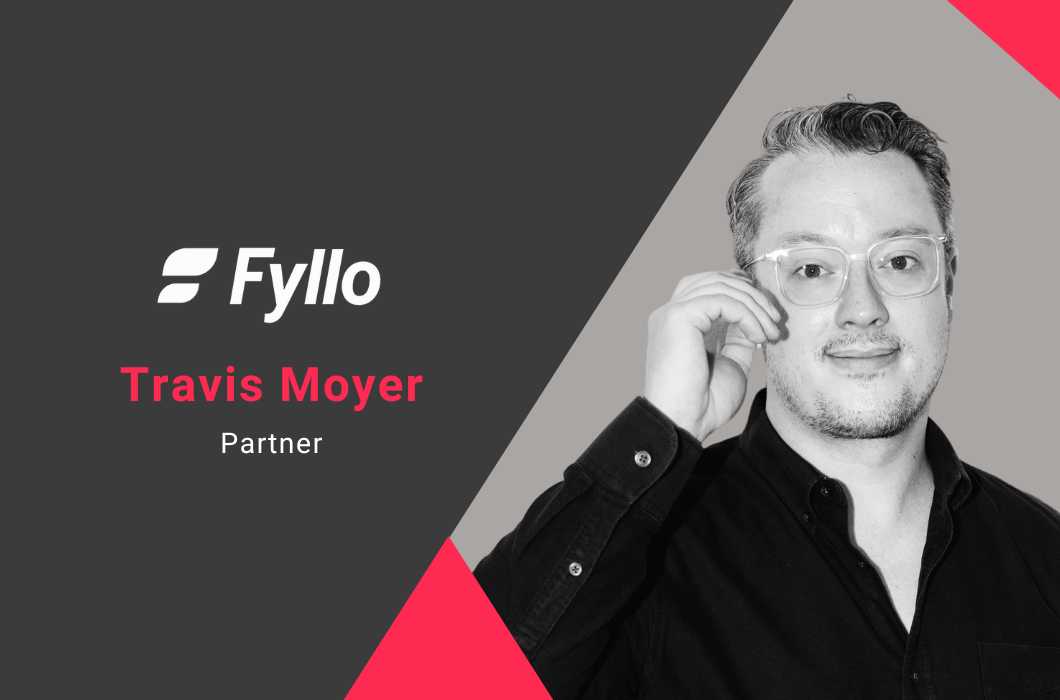1. Audience fragmentation across CTV, DOOH, mobile, and online video is at an all-time high. How are traditional planning methods falling short in this environment?
Traditional planning methods are failing because they are inherently inflexible. It’s a static, manual process trying to keep up with a dynamic, real-time world. They treat each screen as its own silo, complete with different measurement standards, delayed feedback, and disjointed creative control. This linear approach relies heavily on aggregated audience demographics and last-click attribution models, which are simply too slow and simplistic.
The result is a fragmented view that leads to fragmented campaigns, causing inefficient budget allocations and sub-optimal performance because marketers aren’t effectively meeting audiences on their daily journey.
2. What makes AI suited to bridge the gap between upper-funnel brand impact and lower-funnel conversions?
AI is uniquely suited to bridge this gap by acting as the orchestration layer of the customer journey. It synthesizes vast, disparate datasets from all screens into a single, unified campaign strategy and activation model. This enables AI to orchestrate a seamless, cross-screen narrative, serving the right ad at the right time.
It moves beyond a “last-click” mentality to attribute value across the entire funnel, connecting a user’s initial brand exposure on DOOH or CTV to their eventual conversion on mobile.
3. What new metrics or KPIs are becoming essential in the AI-powered cross-screen era?
Holistic, AI-driven reporting is unlocking performance visibility that simply didn’t exist before. Marketers can now see the impact of each video channel – DOOH, CTV, mobile (online video) – both on their own and in combination (with retargeting).
By connecting these signals into a single view, AI reveals how upper-funnel channels previously labeled “brand-only” are directly influencing conversions. This makes channels like DOOH and CTV fully performance-accountable, with KPIs that measure not just reach and awareness, but incremental site visits, sales lift and downstream ROI.
4. Fragmentation isn’t just about platforms; it also impacts creative strategy. How does AI support creative optimization across screens?
GenAI is removing the friction from creative adaptation. Marketers can now spin up countless creative variants – in every size, shape, and format – tailored to the dwell time, mindset, and context of the audience in each environment.
This frees creatives from manual asset production and allows them to focus on big ideas, while AI handles the rapid iteration and delivery that makes those ideas resonate across screens. A DOOH placement at street level can get bold, high-impact visuals, while a CTV spot can lean into narrative storytelling, and a mobile ad can distill the message into an instantly clickable hook.
5. As channels continue to multiply, what does the next phase of cross-screen advertising look like and how central will AI be to that evolution?
The next phase isn’t about managing fragmentation; it’s about conquering it. AI acts as the command center, routing spend, creative, and measurement in unified loops to predictively drive business outcomes. We will move from simply buying media to intelligently orchestrating a unified customer journey.
This will power a new level of hyper-personalized storytelling, making AI not just a key component, but the foundational technology for the entire evolution.
6. How do you see the relationship between media buyers, creatives, and AI changing over the years?
The relationship will shift from a task-oriented hierarchy to a strategic partnership. AI will handle the data processing and execution, freeing up media buyers to become strategic architects, focused on high-level goals.
Creatives will leverage AI for rapid iteration and testing, enabling them to focus on more impactful, innovative storytelling. In this new dynamic, GenAI will work 24/7 to sift signals, test and adapt, becoming the trusted companion to the media planner/buyer. AI is not a replacement for humans; to the contrary, it is a powerful collaborator that elevates human talent.
- About Jonathan Gudai
- About AdOmni
Jonathan Gudai is the co-founder and CEO of AdOmni – a leading platform for video advertising across CTV, OLV, YouTube, Amazon Prime, and Digital Out Of Home. He is passionate about driving innovation to deliver performance marketing results through technology, enhanced creative content on-screen, and performance measurement for business outcomes. He sees a world where social media, video, and digital out-of-home advertising converge for performance and brand marketers.
AdOmni is the AI-powered programmatic advertising platform transforming cross-channel video advertising, since 2015. Its self-service platform, powered by the Jeen AI agent, enables businesses of all sizes to plan and launch Digital-Out-of-Home (DOOH) campaigns in minutes, with no minimums or complexity. AdOmni’s Smart Video Everywhere approach helps brands effortlessly launch unified campaigns across premium channels like YouTube, Netflix, Amazon Prime Video, Connected TV (CTV), Online Video, and DOOH, delivering unmatched efficiency, reach, and measurable performance.




